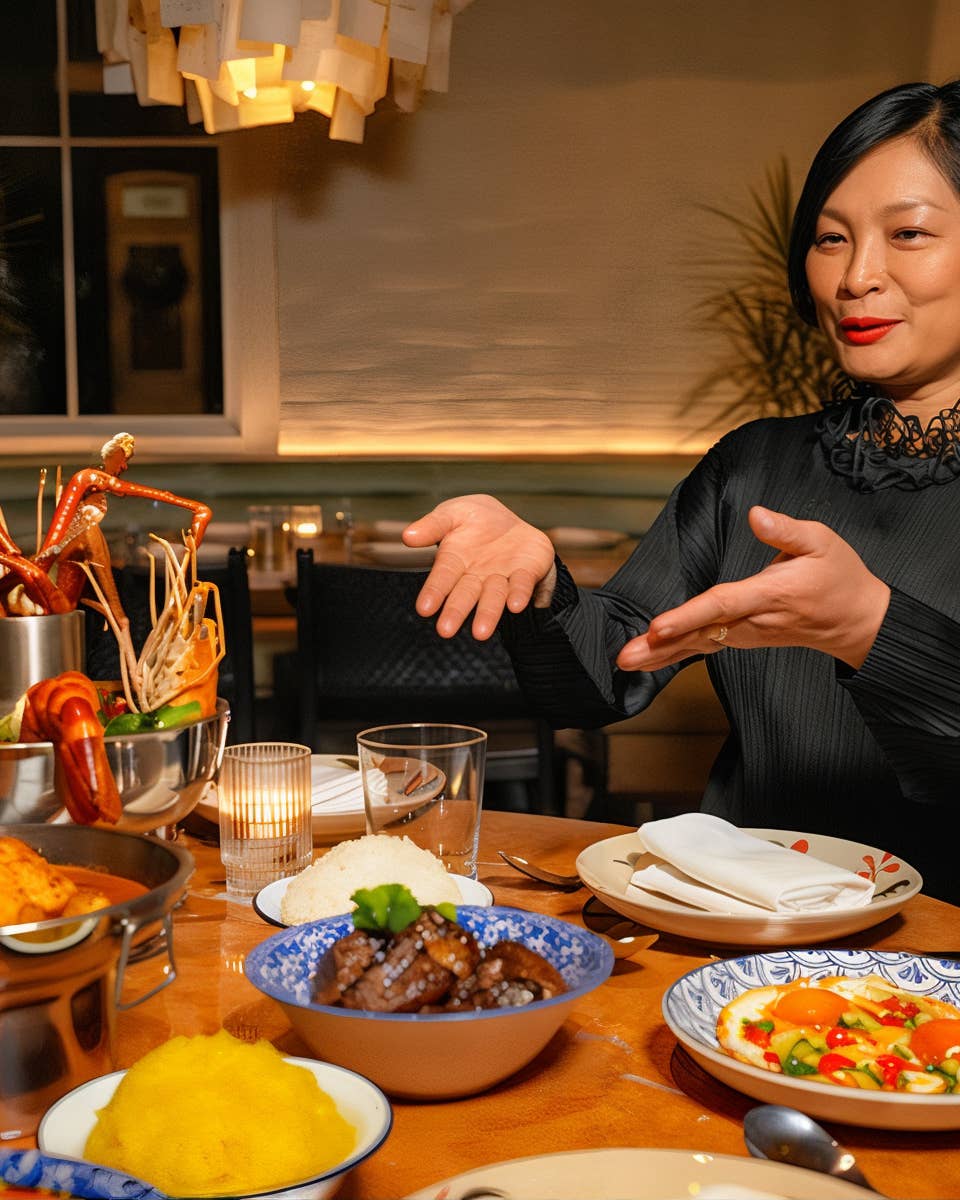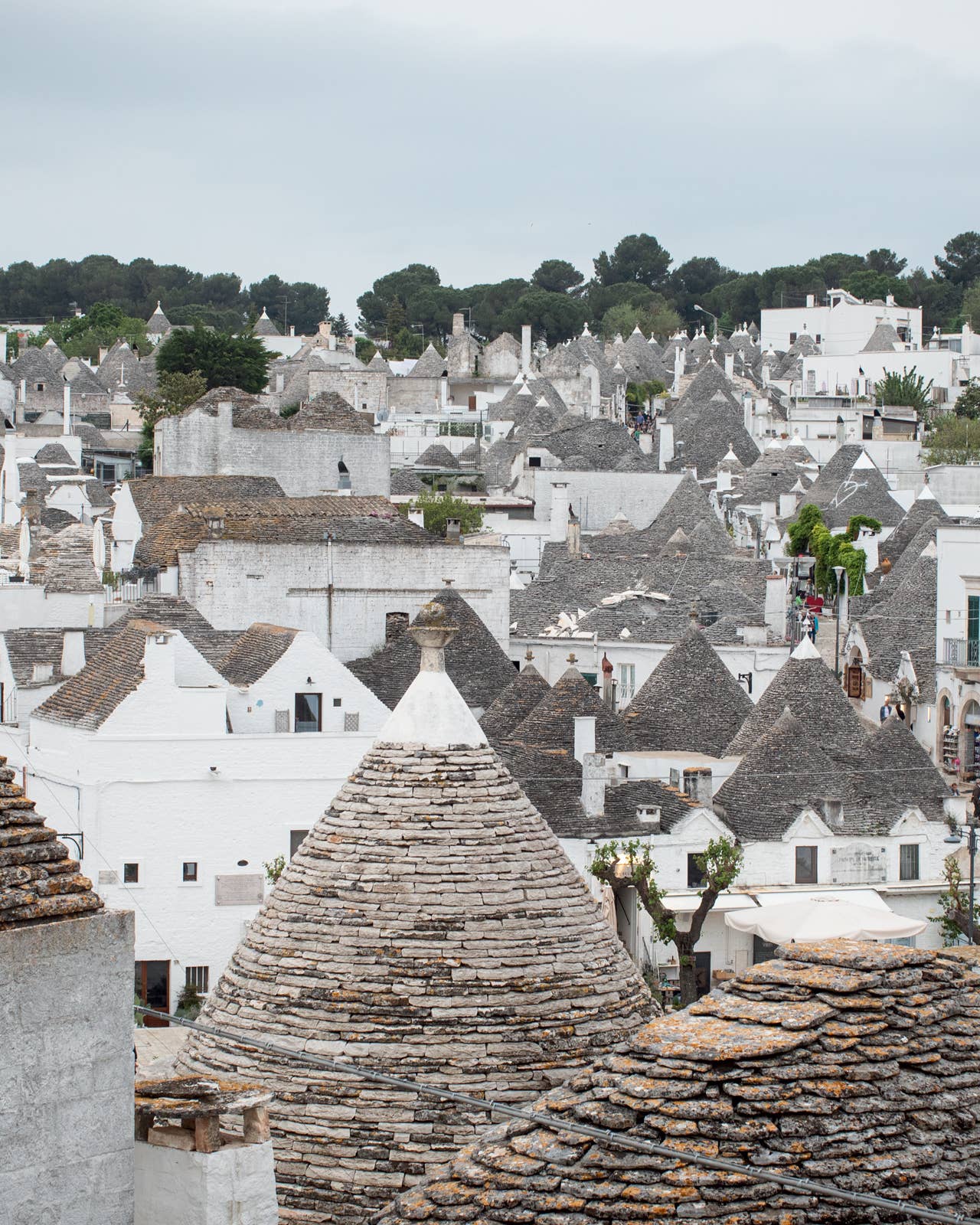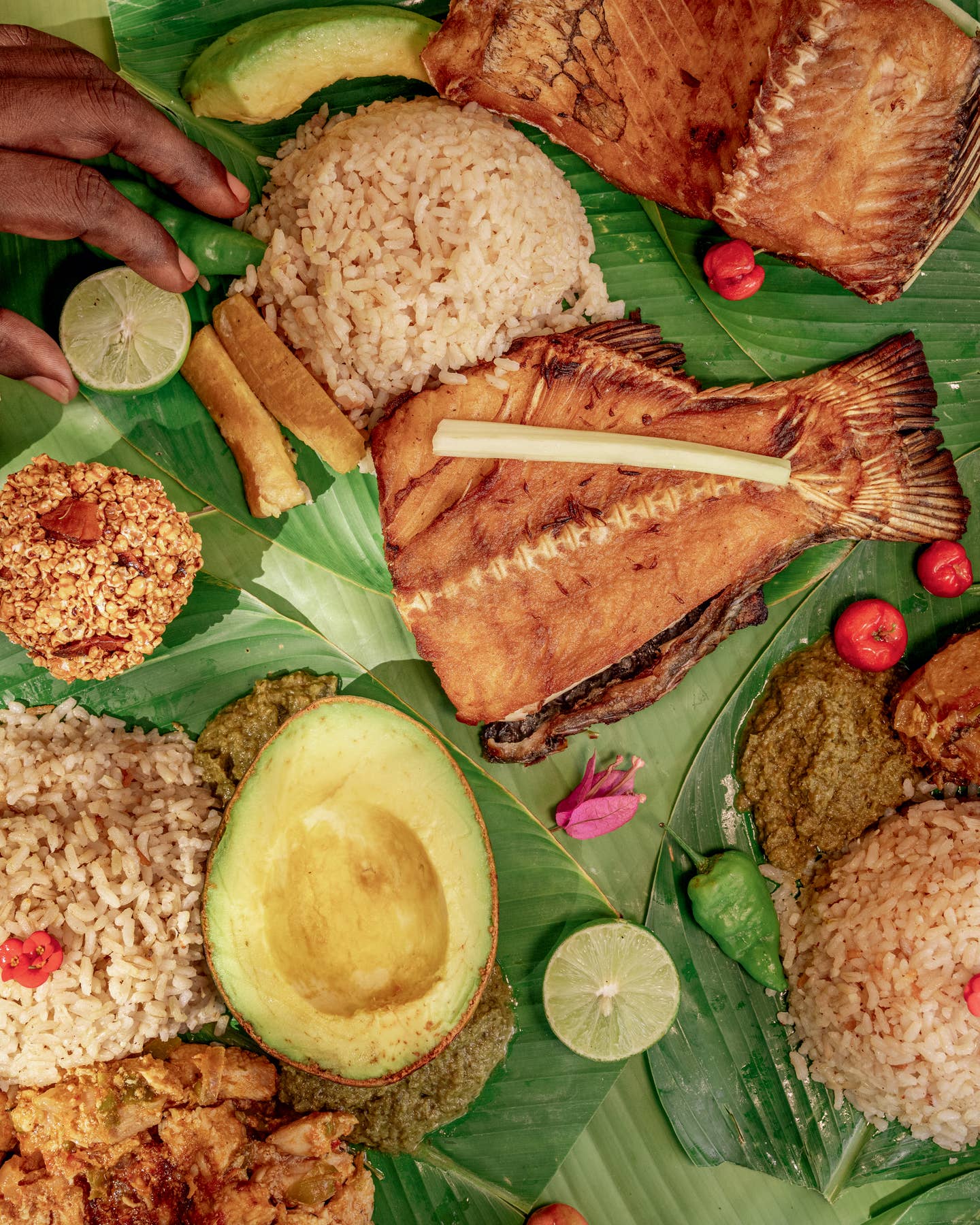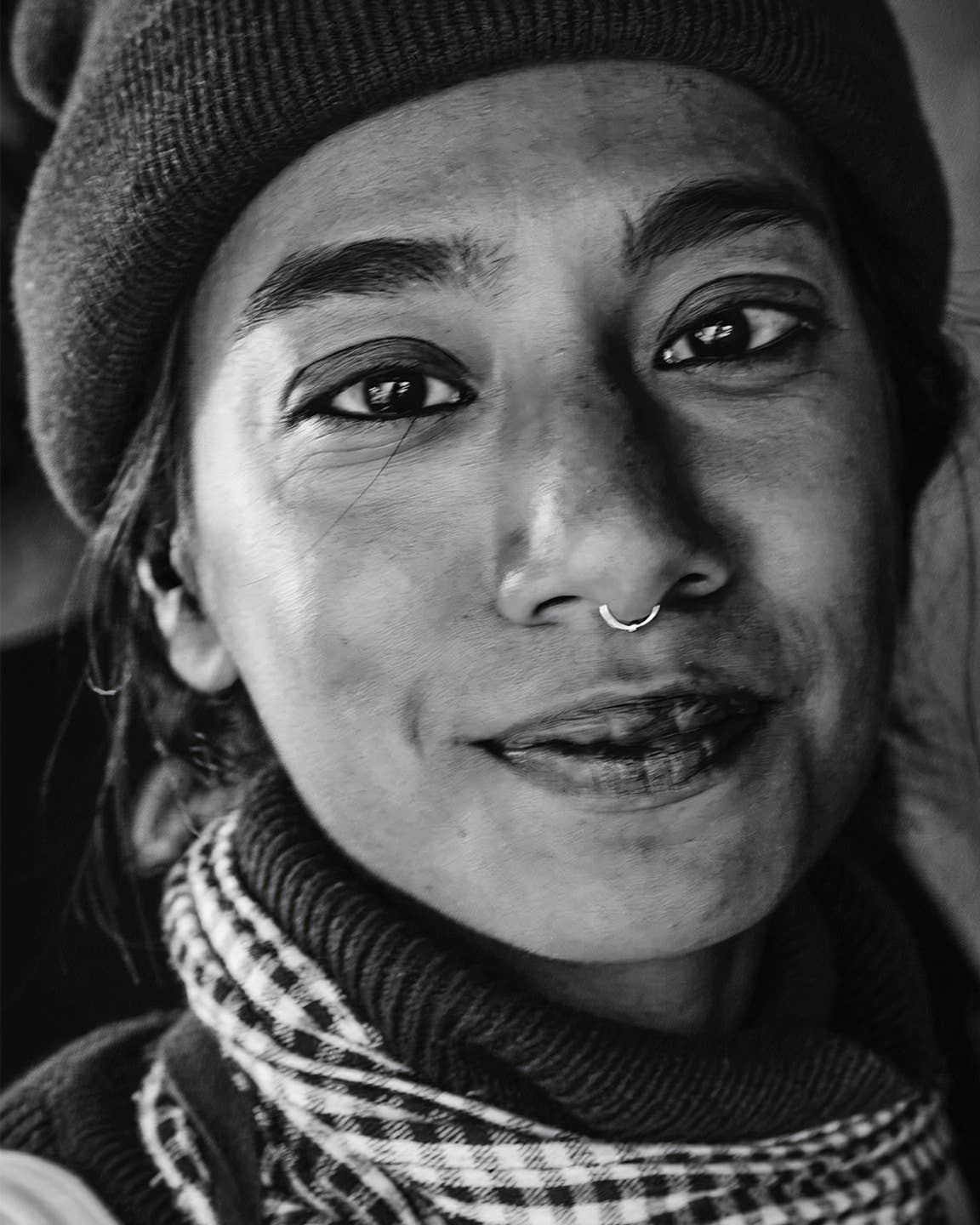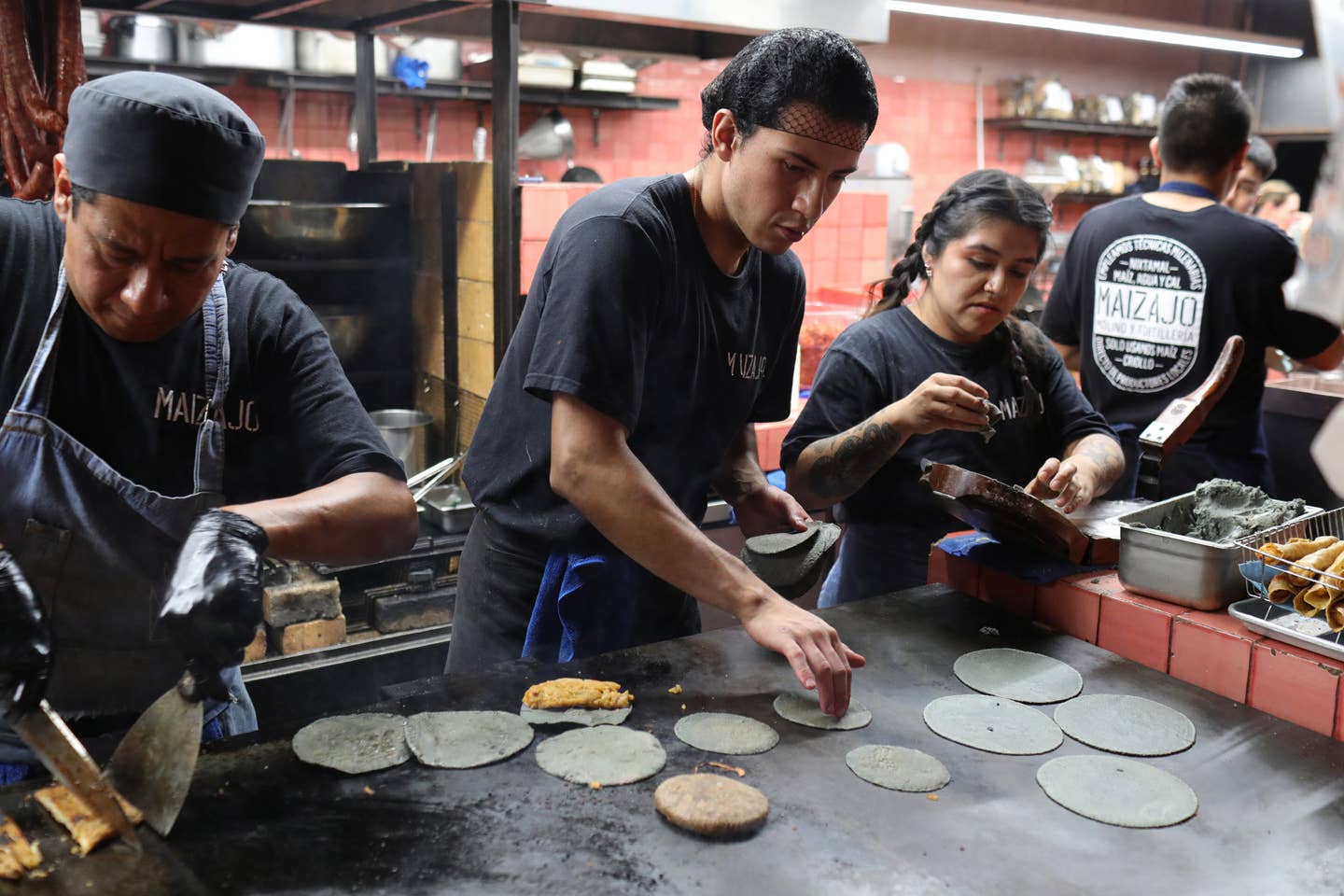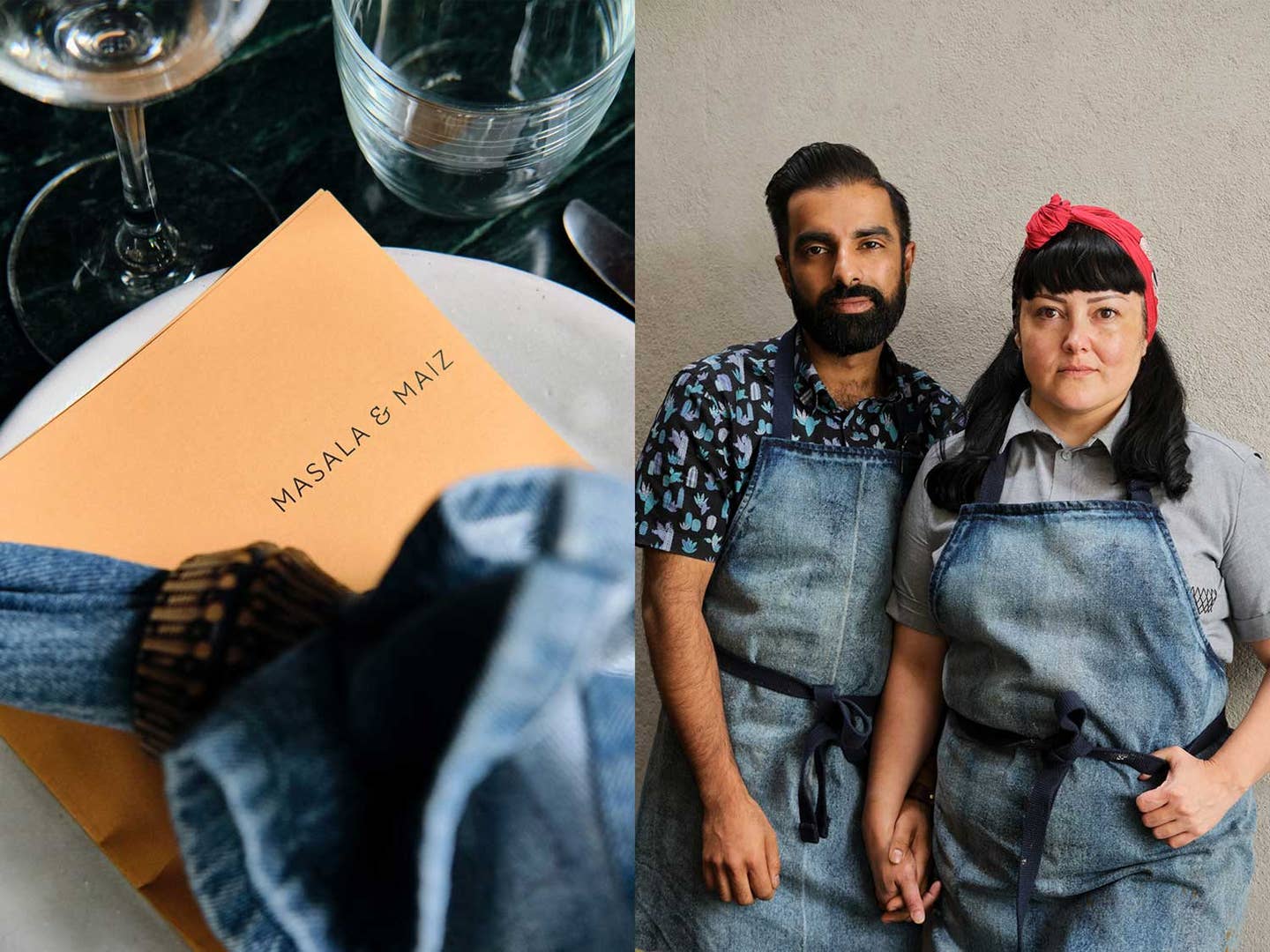
It’s Not Fusion, It’s Mestizaje
Chefs Norma Listman and Saqib Keval are searching for new ways to cook at Mexico City’s Masala y Maiz
A pot of spiced clarified butter bubbles away on the stove next to a stock pot of cassava cooking down. A cook carefully presses out blue corn tortillas and lays them on the flat top as the restaurant Masala y Maiz prepares for lunch service.
Beyond the surface of what looks like a stylish new restaurant in Mexico City’s Juarez neighborhood is actually a very personal and radical project for married chefs Norma Listman and Saqib Keval. Here, they’re striving to build a decolonized and sustainable restaurant while also exploring a personal cuisine based on their family culinary backgrounds that they call mestizaje cooking. It’s been a hard and circuitous journey. This is the third time they’ve opened Masala y Maiz in two years. But neither of them have any interest in perpetuating the conventional. “We always knew we wanted to do more than just serve yummy food,” says Listman. “The restaurant is a tool for so many things—it’s a tool for resistance, it’s a tool to give something back to the community, to create something for the community.”
Masala y Maiz is a blend of food, art, and politics, and was born while Listman and Keval were shopping in a Mexico City market for a catering gig and realized how many similarities their two cooking traditions shared. Listman’s family is from Texcoco, just outside Mexico City, while Keval’s comes from India by way of Kenya and Ethiopia. He was the first generation born in the United States. Neither went to culinary school and chose instead to learn by doing in the kitchens of Bay Area restaurants. Keval says he was told repeatedly that to be a serious cook, you had to train in France and learn French technique. So he went to France, cooked with amazing chefs, and got a degree in French post-colonial literature.
“After all that time,” Keval says, “I realized that there is nothing remarkable or particularly special about French cuisine or technique other than white supremacy and colonization that held it to this high regard and made it be the end-all and be-all of food.” When he returned home, he delved into his family’s home cooking, trying to understand the technique behind recipes that he had never questioned before. “I had never given value to my own culture’s food, my own heritage’s food, because I never saw it valued anywhere else.” Alongside cooking, Keval is focused on community organizing through People’s Kitchen Collective, a food and activism project he co-founded in Oakland, California in 2011.
Listman comes from a family of talented cooks and researchers with a particular interest in corn. She first pursued art and fashion, moving to the Bay Area because she liked the music scene. The change to cooking came after she worked on an art project that reenacted an oft-overlooked event during the 1846 Bear Flag Revolt, which marked the beginning of California’s independence from Mexico. The Americans were coming for the Mexican general Mariano Vallejo, but instead of hiding, he invited them in for a feast. “That is when I realized the power of food,” she says. “I had been cooking all of my life, but that’s when it hit me that food has so many other possibilities outside of just eating.”
There have been challenges to doing a restaurant their way. A day after Masala y Maiz opened in 2017, a devastating earthquake struck central Mexico. For the first month, Listman and Keval cooked 800 hot meals every day for victims and rescue workers throughout the city. Eventually, they gained a following, but then a corrupt city official shut them down. They refused to pay the necessary bribes and instead cooked in exile for six months, doing pop-ups at different restaurants that supported their taking a stand. In the end, Listman and Keval triumphed, and the city allowed Masala y Maiz to reopen. In October they moved to a new space with a proper kitchen.
You might be tempted to call their cooking fusion, but Listman and Keval forcefully reject that term, instead using the word mestizaje to describe the mingling of their respective culinary traditions. “Fusion is always told from the perspective of whiteness, European plus something,” says Keval. “It’s a very shallow way of thinking about food that doesn’t speak to the history of the cultures, nor give respect or money back into the cultures, which is another type of colonialism.” One way to avoid these dynamics is to deeply research recipes and ingredients, as Keval and Listman do, and engage and respect the cultures and people who have guarded culinary heritages.
Mestizaje refers to what he calls the “organic blending of cultures” that has happened in Mexico over the centuries. “Mexico has historically been much more open to immigrants, and immigrant culture here becomes Mexican culture,” says Keval. “Whereas the U.S. has never been open to immigrants. It’s always been Eurocentric, American, and everything else is the exotic.” Their specific form of mestizaje is about exploring their two cultures within a horizontal power dynamic rather than the typical vertical one between the global north and global south.
You see this immediately in the language of the menu. For example, the description of esquites, the iconic Mexican street dish of corn that Listman and Keval make with coconut milk, carrot achaar, and Kenyan masala, contains four languages: Spanish, Hindi, Swahili, and Kenyan. “Language is power,” says Keval. “I think it’s important to use the proper names of ingredients because it tells the history and gives a sense of place and time for each dish.”
The menu is an ever-evolving conversation. “There are dishes that are just his, there are dishes that are just mine, then there are dishes we collaborate on,” says Listman. Their take on a patra roll, a classic Indian staple from Gujarat, subs in hoja santa leaf for yuca, while the tetela, a stuffed triangular pocket that is hard to find in Mexico, grows out of their corn obsession—they have a mill and grind fresh masa from heirloom varieties everyday. One incarnation of the tetela finds it filled with steamed soft-shell crab while the other half of the crab is breaded in garbanzo flour and spices and fried. “I’m in love with it,” says Listman. “It has pachi pulusu, an Indian sauce [from Andhra Pradesh] that has peanuts, piloncillo, tamarind, chiles; it’s luscious and yummy. To me it’s like a sweeter encacahuatado,” a peanut and chile sauce in Mexico.
In addition to decolonizing food, Listman and Keval are also trying to decolonize the restaurant model, which is still based on the French and European brigade system. This means addressing every facet of the business, from labor rights to patriarchy. They cross-train their workers so cooks rotate through different stations, and the front- and back-of-house blends depending on the restaurant’s needs. They provide all the government-mandated benefits (which many restaurants in Mexico don’t), guarantee paid overtime, and offer a matched savings plan. There are also fixed schedules and no last-minute shift changes. “In creating this restaurant,” says Keval, “Norma and I wanted to create the type of restaurant we want to work at, [with] the type of benefits that we always wanted working in restaurants.”
The restaurant is a provocation to change for an industry rife with problems the world over. “I don’t think we can hide anymore, and [I don’t think] all those fancy restaurants should hide anymore or mask themselves behind these obsolete Eurocentric ideas of what the industry should be,” says Listman. She points out that before the restaurant was ‘invented’ in France, before the Spanish arrived in Mexico, cooks fed people in the tianguis, or open-air markets, that popped up in public spaces. This has happened for millennia, and what we recognize as a restaurant is simply the current dominant perspective. There are other ways to be and other ways to serve food, and Masala y Maiz is here to prove it.
Keep Reading
Continue to Next Story




